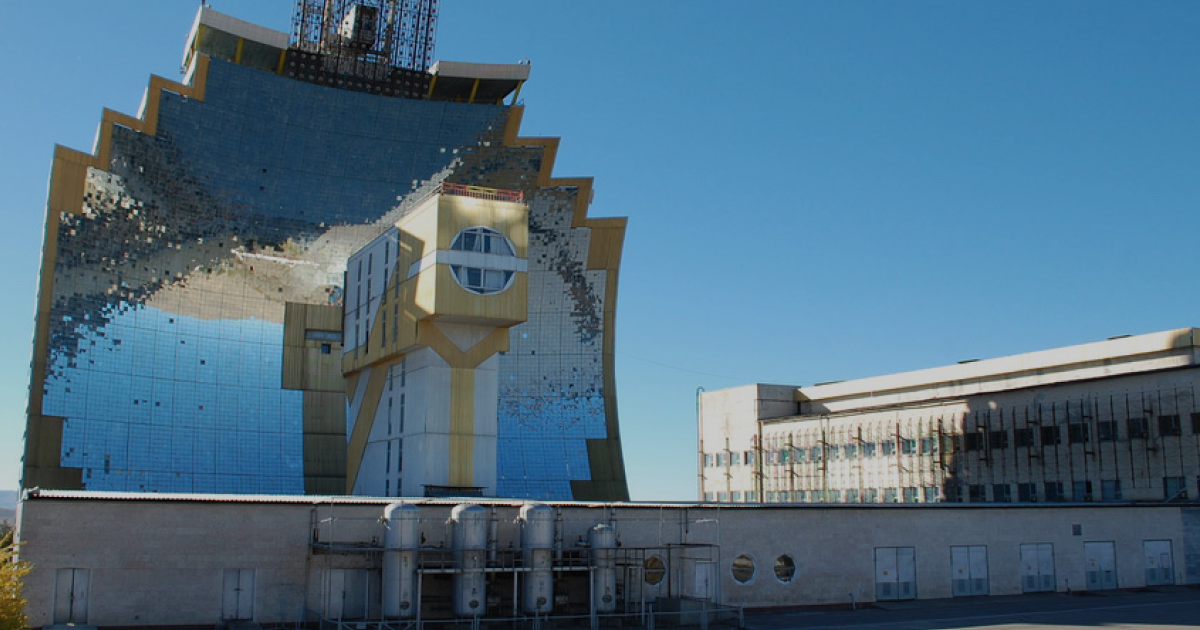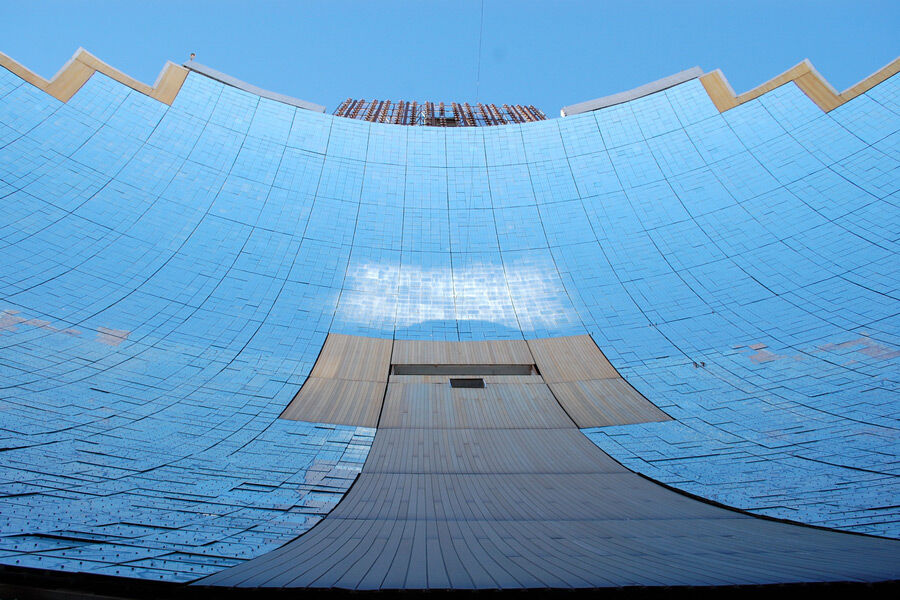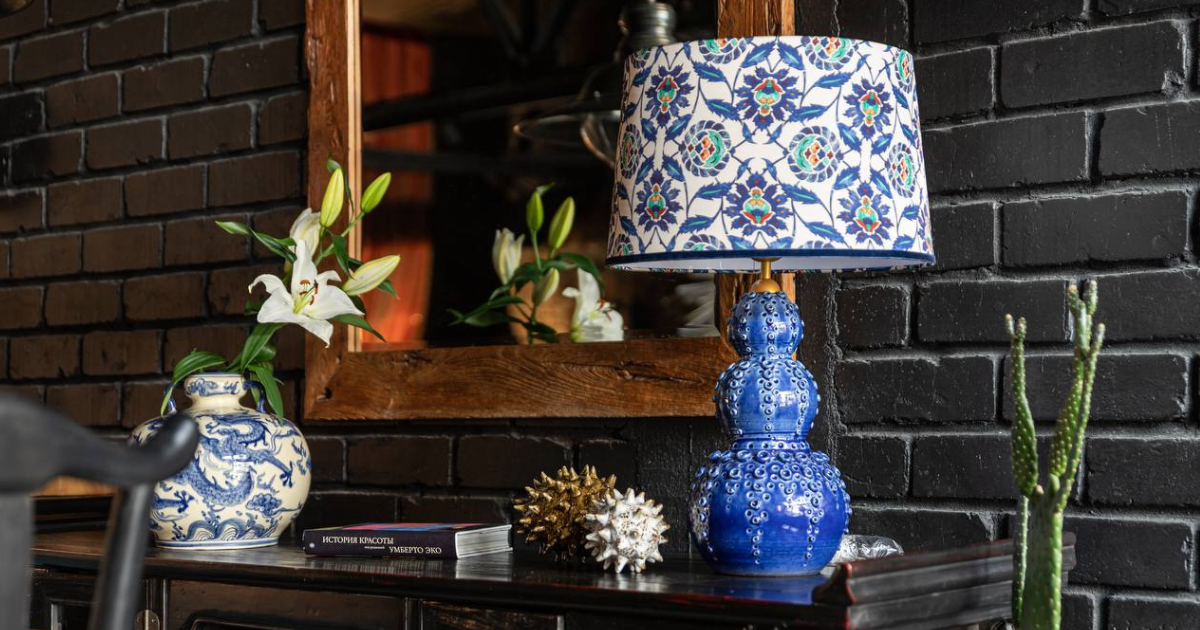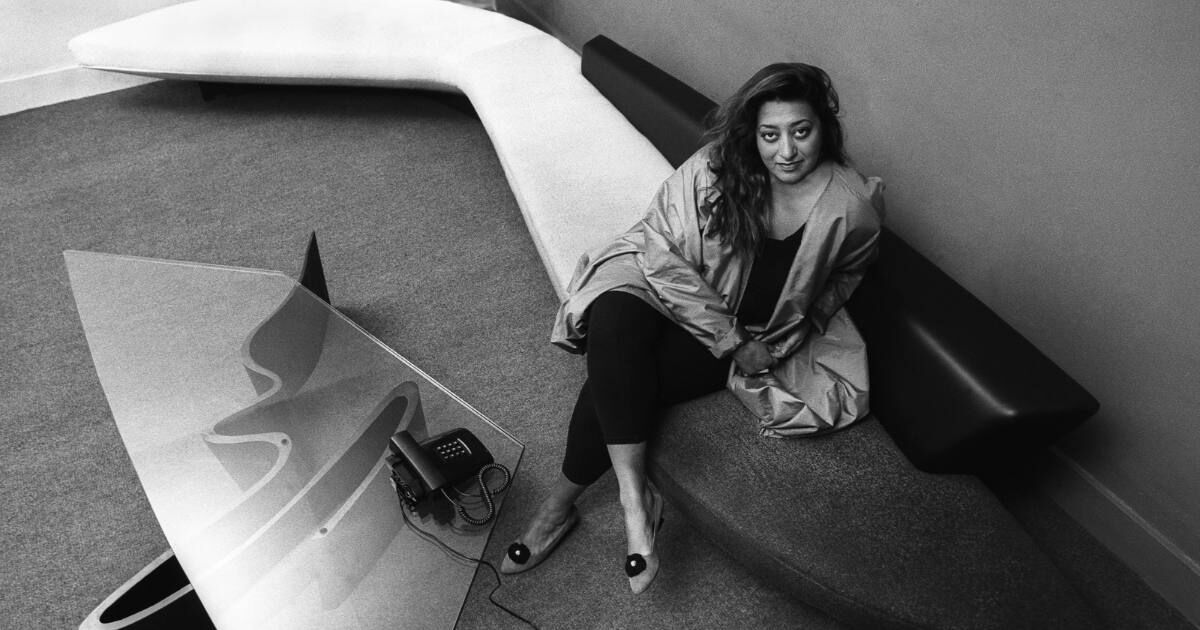The Physics-Sun Institute
Architecture Reflecting the History of Solar Energy Research in Uzbekistan.

Uzbekistan is truly a sunny country, enjoying 280 days of sunshine a year. This is why, near the village of Kuyosh in Parkent, a unique facility with the world's largest solar installation was built in 1940.
Commonly known as the Sun Institute, this facility deserves special attention and stands as a prestigious architectural landmark of Uzbekistan. The challenging geological and seismic conditions of the construction site, the complex design, the non-standard curved and stepped forms, strict adherence to construction technologies, and meticulously thought-out interiors and decorations are impressive.
The construction of the giant solar furnace was initiated in 1981 by academician Sadyk Azimov. The construction of the complex continued from 1981 to 1987. The institute's location was chosen for its solid mountain slab at an altitude of 1100 meters above sea level, ensuring seismic stability and maximum sunlight exposure.
The heart of the heliocomplex is the giant solar object, consisting of a helioconcentrator (42 meters high), 62 heliostats, each with 195 flat mirrors (totaling 12,090 mirrored elements), and a technological tower. The helioconcentrator, covering an area of 1,840 square meters, is especially impressive, assembled from 10,700 mirrors.
The concept is simple: sunlight reflects from numerous flat mirrored elements assembled into heliostats onto a large parabolic mirror, acting like a giant lens. This lens directs the highly concentrated beam into the technological tower-furnace, where the necessary conditions for research are recreated. Additionally, it is equipped with shutters to regulate the light flow.

Architects paid special attention to the building's exterior and interior. The architecture of the complex is quite futuristic for its time. On one hand, there is free manipulation of volumes in the "high-tech" style using supergraphics, and on the other hand, an attempt to reinterpret regional and national architectural traditions influenced by postmodernism.
For the interior, specialists used gypsum suspended ceilings, marble, and travertine, complemented by ornamental finishes with greenery and decorative sculptures.
The project's artist was Lithuanian stained-glass artist Irena Lipene. She developed spatial compositions from metal and colored glass: "Hymn to the Sun," "Planet Parade," "Milky Way," "Moon." Moreover, she paid great attention to decorative details: custom handles for the non-standard doors of the conference hall, handrails for stairs and mezzanine floors, lanterns, and floor lamps for outdoor lighting.
Today, there are only two solar furnaces in the world of such power and design: one in Uzbekistan and the other in France—the Odeillo solar furnace. Both are almost identical in size: the French furnace has a concentrator measuring 54x48 meters and 63 heliostats, while the Uzbek one has a concentrator of 54x47 meters and 62 heliostats.
It's important to note that until 1993, the facility was militarized and closed to visitors. Today, anyone can visit the institute.
In 2024, the Sun Institute was included in the list of cultural heritage sites of Uzbekistan as a building from the modernist era.


